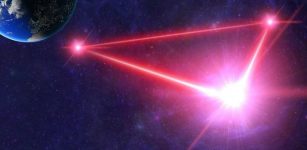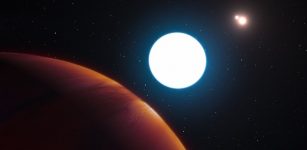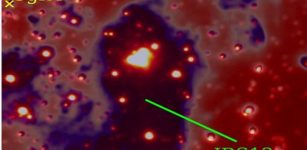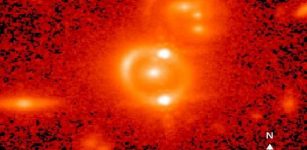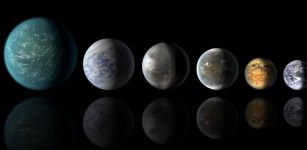Silica, Key Component In Glass Originates From Exploding Stars
Eddie Gonzales Jr. – MessageToEagle.com – Carl Sagan often reminded us not to forget our close connection with the Universe. “The cosmos is within us. We are made of star-stuff. We are a way for the universe to know itself, “he said. It’s certainly true because, yes, we are all made of stardust.
Everything we are and everything in the universe and on Earth originated from stardust, and it continually floats through us even today. It directly connects us to the universe, rebuilding our bodies over and again over our lifetimes.
A new study shows not only humans are connected to the Universe but also daily things we use.
Cassiopeia A (Cas A) is a supernova remnant (SNR) in the constellation Cassiopeia and the brightest extrasolar radio source in the sky at frequencies above 1 GHz. The supernova occurred approximately 11,000 light-years (3.4 kpc) away within the Milky Way. Credit: NASA
Researchers have now evidence glass is made from exploding stars. So, whenever you gaze through a window, don’t forget that material you are looking through was forged inside the heart of an exploding ancient star.
Observations by NASA’s Spitzer Space Telescope reveal for the first time that that silica – one of the most common minerals found on Earth – is formed when massive stars explode.
According to NASA, “in total, silica makes up about 60 percent of Earth’s crust. Its widespread presence on Earth is no surprise, as silica dust has been found throughout the universe and in meteorites that predate our solar system.
One known source of cosmic dust is AGB stars, or stars with about the mass of the Sun that are running out of fuel and puff up to many times their original size to form a red giant star. (AGB stars are one type of red giant star.) But silica is not a major component of AGB star dust, and observations had not made it clear if these stars could be the primary producer of silica dust observed throughout the universe.”
Our Silica Comes From Two Distant Supernovae Billions Of Light Years From Earth
The new study reports the detection of silica in two supernova remnants, called Cassiopeia A and G54.1+0.3. A supernova is a star much more massive than the Sun that runs out of the fuel that burns in its core, causing it to collapse on itself. The rapid in-fall of matter creates an intense explosion that can fuse atoms together to create “heavy” elements, like sulfur, calcium and silicon.
“We’ve shown for the first time that the silica produced by the supernovae was significant enough to contribute to the dust throughout the Universe, including the dust that ultimately came together to form our home planet,” said Haley Gomez, from Cardiff University’s School of Physics and Astronomy.
“Every time we gaze through a window, walk down the pavement or set foot on a sandy beach, we are interacting with material made by exploding stars that burned millions of years ago.”
It’s good to remember that not only silica originates from space. Some years ago, scientists discovered that lithium, a metal used in the manufacture of many modern-day electronics is also forged in exploding stars.
Researchers witnessed the dying star ejecting lithium into space.
Written by Eddie Gonzales Jr. – MessageToEagle.com Staff Writer







